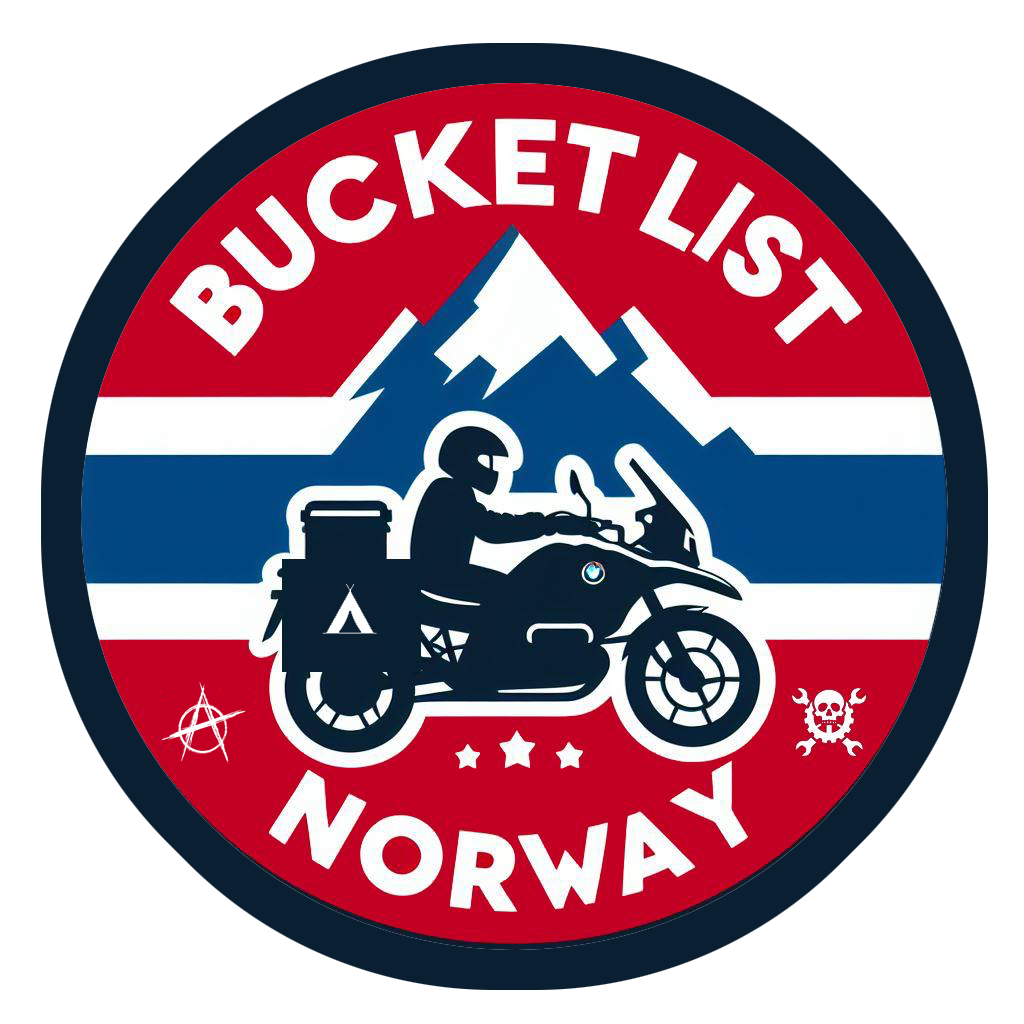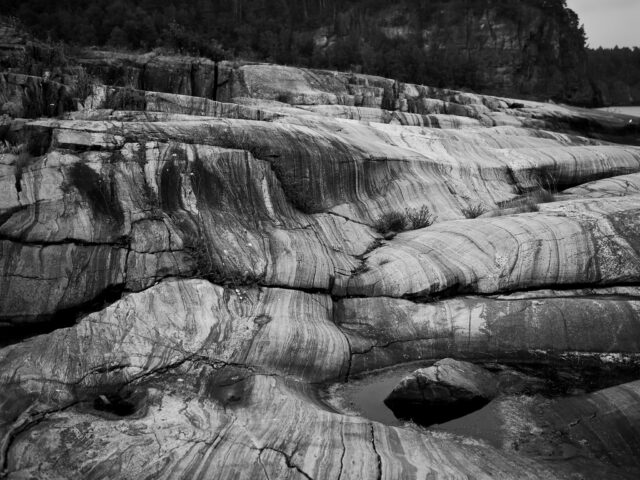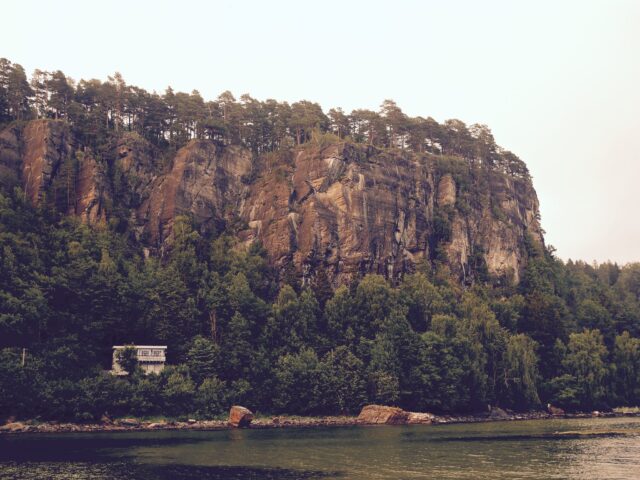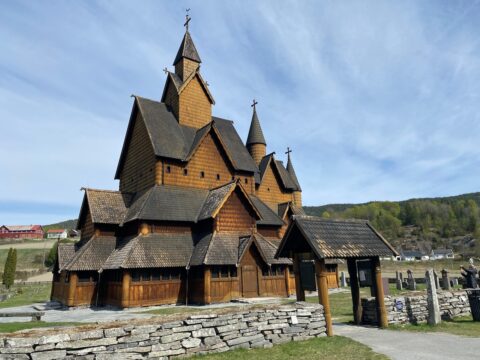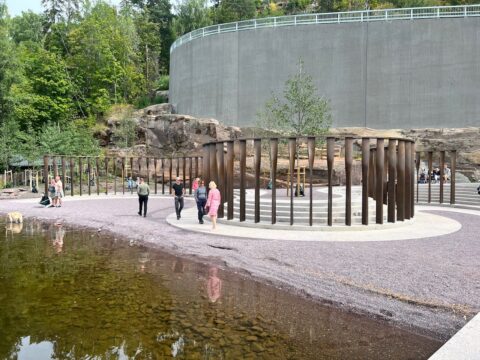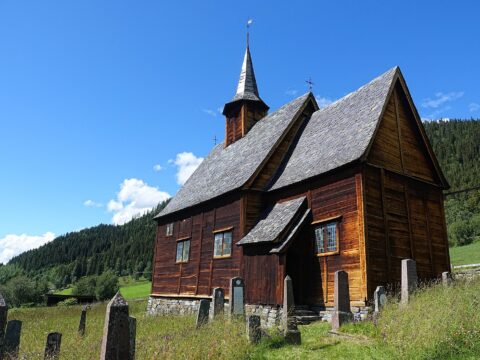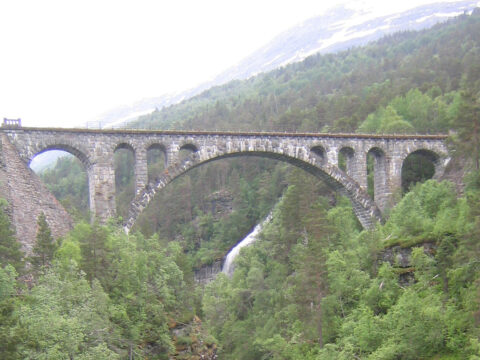Gea Norvegica UNESCO Global Geopark, (Norways first UNESCO Geo park) was approved in 2006 and is located in Vestfold and Telemark. It includes seven municipalities: Bamble, Kragerø, Larvik, Nome, Porsgrunn, Siljan and Skien.
Geologically, the area is described as “where the old Scandinavian geology meets the younger geology of continental Europe”.
Gea Norvegica UNESCO Global Geopark was the first in all of Scandinavia with such recognition. The area has a large geological diversity, with many internationally important localities. Here is the unique larvicite, the Oslo field with great mineral wealth and the “world-famous” Fen volcano.
In the Geopark area you will find geology ranging in age over a broad spread of about 1500 million years. Situated on the margin of the Carboniferous-Permian Oslo Rift, you will find ancient Norwegian Precambrian bedrock, in the western part, lower Paleozoic sediments from the shallow Baltic Sea in the middle and Permian magmatic rocks in the eastern part. And in between this is the Fen Carbonatite Complex, the world’s type locality for carbonatitic magmatic rocks.
Almost everywhere in the Geopark you will find remains from the last Quaternary glaciation, the Weichselian.
Not ONE, but 18 location…
Since the Geopark covers seven municipalities, we are not talking about one location, but multiple. In each of the municipalities, there are several sights to look into. Eighteen to be exact. Please visit the links below to Geo Norvegica website I have provided for details.
In Siljan you can look for old settlements at Gorningen or admire the small lake Øverbøtjern.
In Bamle you can observe fossils around Steinvika or admire the 1500 million-year-old rock face at Rognstranda.
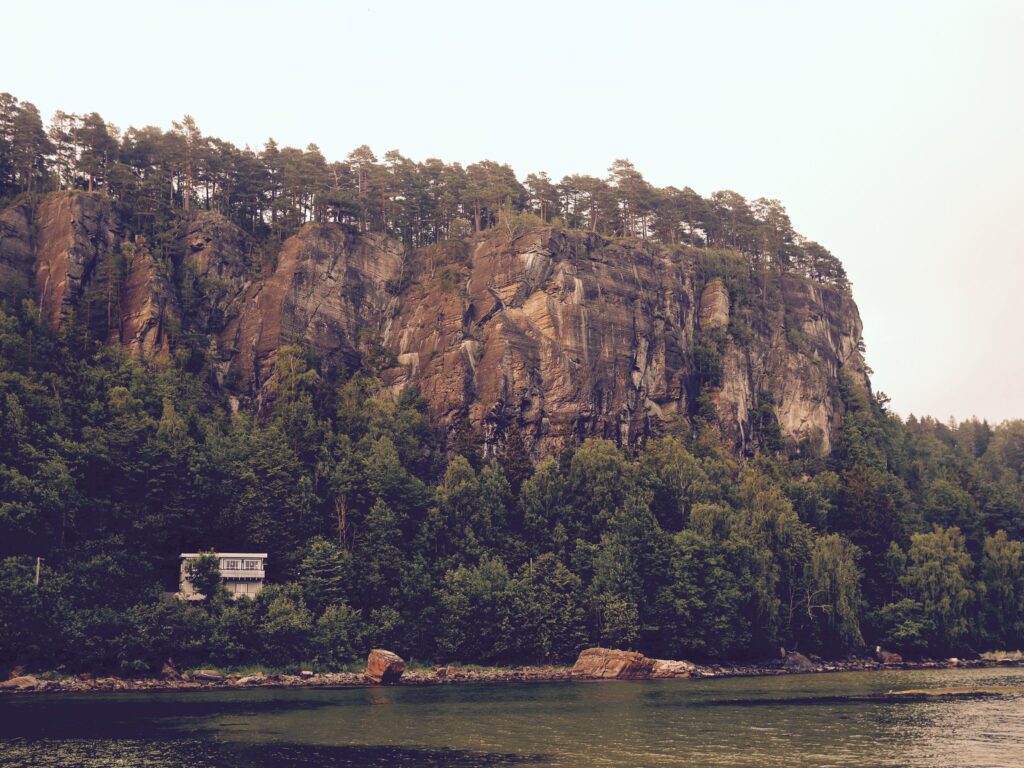
Porsgrunn offers a beautiful view from Borgeåsen, and the rock at Løvøya is the famous Permian magmatic rock nepheline syenite. Lastly, you can also admire the river Ælva which has been important for all kind of transportation and is part of the large artificial Telemark Canal, one of today’s main tourist attractions in Telemark.
In Kragerø you can visit the island Jømfruøya, the acient bedrock at Stangenes, Dypedals mine or the iron mining island Langøy.
In Larvik, Mølen is part of one of the largest natural monuments from the last Ice Age in Europe. You can also visit Kjerra Waterfall park or take a walk in Bøkeskogen, one of the most northerly occurrences of beeches in the world.
Skien offers Kapitelberget, which is a fossil coral reef, southeast of Skien city centre and Mikaelshula, and a cave in the mountainside, about 30 metres up in the bedrock.
In Nome, you can visit Holla church ruins and close to the lake Norsjø, you’ll find the Fen Carbonatite Complex.
